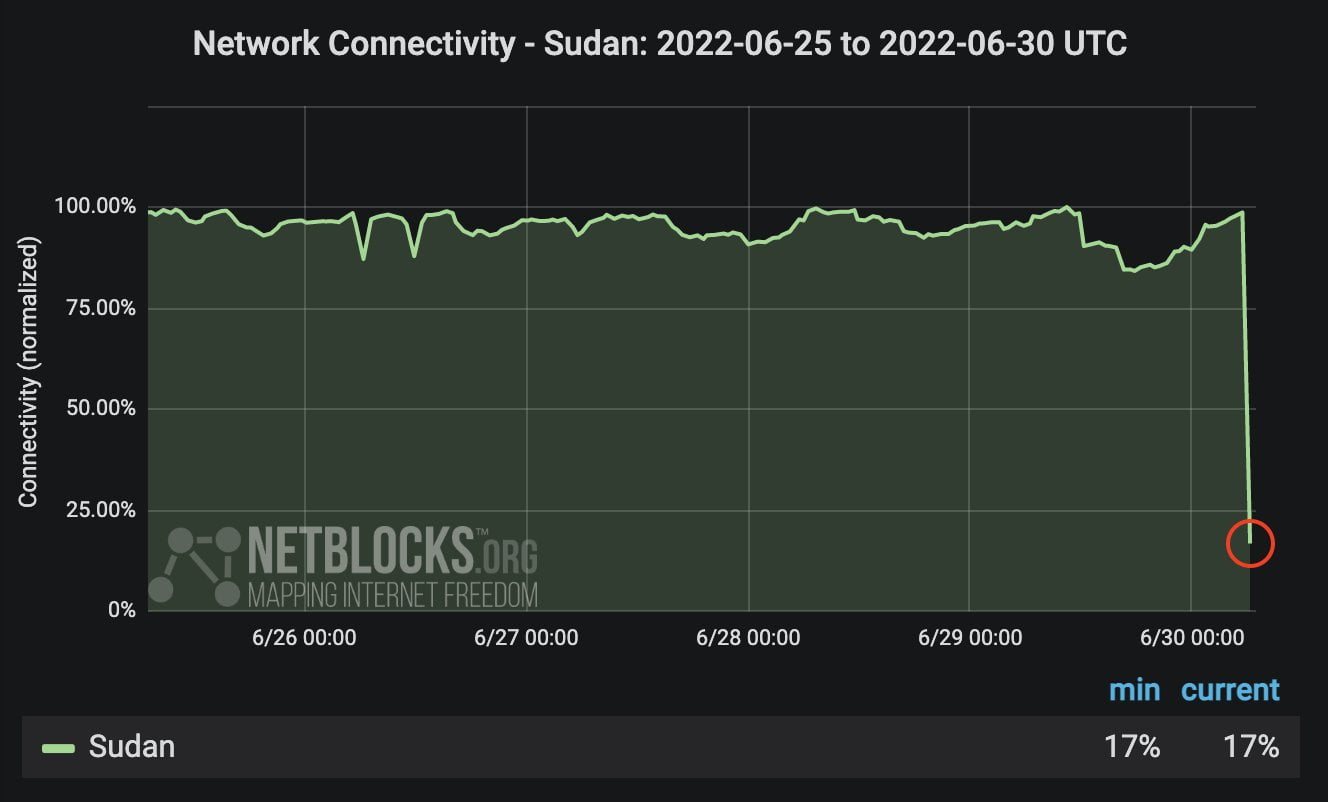Assembling the wing from thousands of tiny identical pieces could make aircraft lighter and more energy efficient.
How it works: The wing is made from an open, lightweight lattice framework that is covered with a thin layer of polymer material. It looks like thousands of matchstick-type struts welded together in small triangle shapes. This design lets it adapt and deform in many different ways so that it is the optimal shape for the different stages of flight—takeoff, landing, cruising, and so on. It is also far lighter than conventional wings, and would therefore use much less energy. The manufacturing process incorporates 3D printing and robotic assembly.
The promise: A wing made this way could allow future aircraft wing designs to become far more flexible, according to the scientists at NASA and MIT who worked together on the research. The design was tested in a NASA wind tunnel.
Other applications: As well as aircraft, this sort of design could be used to improve wind turbines, spacecraft, and even bridges one day, the team says.
SOURCE: technologyreview [Dot] com

















































